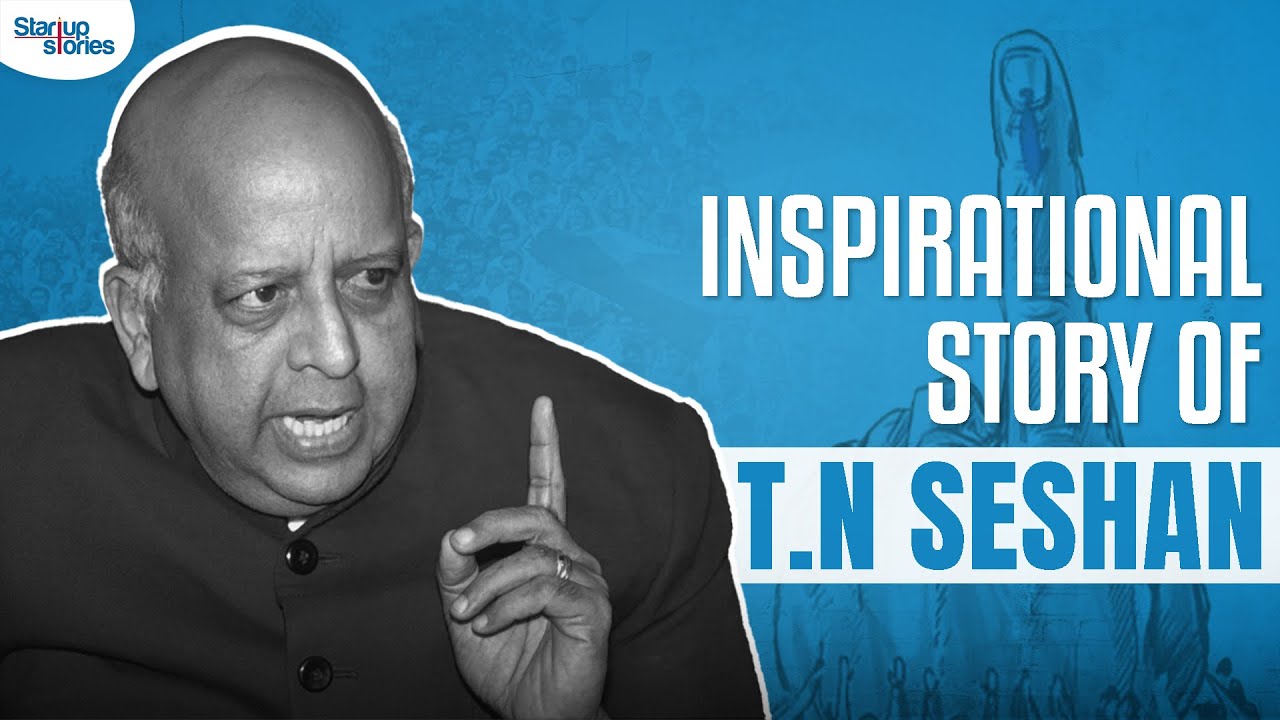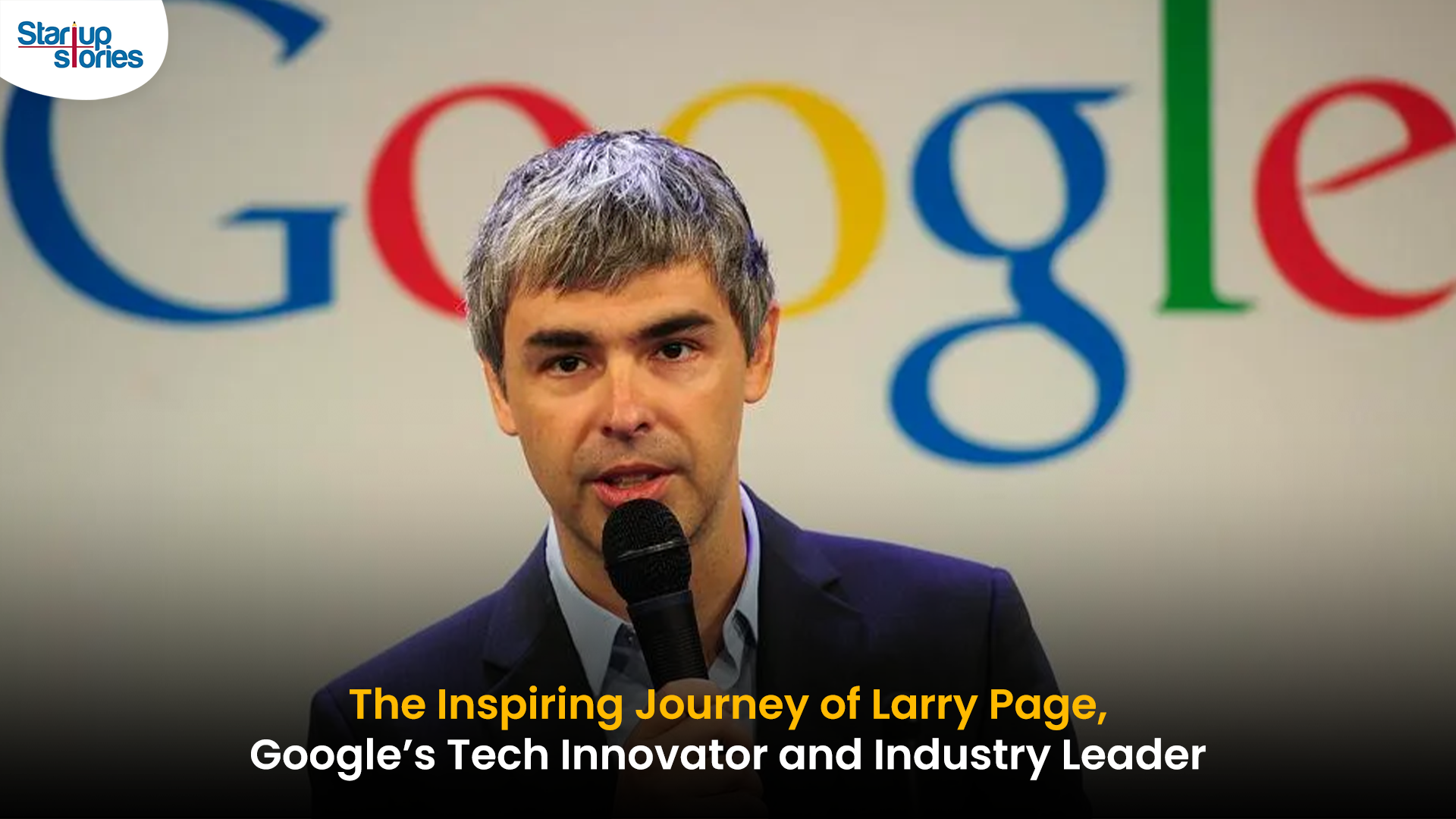Entrepreneur Stories
The Flipkart Success Story

Flipkart is perhaps India’s largest home grown e commerce platform today and it has quite a success story to its name. Founded in the year 2007 by Sachin Bansal and Binny Bansal, this platform was founded with a meagre Rs. 6,500 as a startup fund.
Both were Amazon techies working at creating the next big thing. Little did they know that the idea was just around the corner. Bored with their mundane jobs, Sachin and Binny wanted to create a search engine dedicated to e commerce websites. However, they soon realised that there were very few websites of this kind and this when they came up with something like Flipkart.
They left their jobs in the hopes of shaping the future of e commerce in India at a time when this field was steadily growing. Both of them loved books and founded Flipkart as a platform that catered to book lovers. Want anything, Flipkart made it available. In fact, that is what Flipkart means: Flipping things into the cart. A couple of months into the business, they realised they had a larger target audience to tap.
In the first few years of its existence, Flipkart raised funds through venture capital funding. As the company grew in stature, more funding arrived. Flipkart repaid the investors’ faith with terrific performances year after year. In the financial year 2008-09, Flipkart had made sales to the tune of Rs. 40 million. This soon increased to Rs. 200 million in the following year.
When Flipkart launched, e commerce websites faced one major problem, that of online payment gateways. Back then, not many people trusted paying on the internet. Flipkart tackled this problem by introducing cash on delivery and payment by card on delivery in addition to others. Flipkart was the first to implement the ‘Cash On Delivery’ facility, which every online shopping website in India offers as an option today.
Over the years, as faith was established in Flipkart’s business and easy delivery processes, the acquisitions became higher and the rewards became larger. With Sachin Singh as the Chairman of the company and Binny Singh as the CEO, Flipkart stands as the largest online e commerce platform in the country. Walmart is in talks to invest in this online platform and once the investment goes through, Flipkart and Amazon will stand neck to neck. What started off as only a platform for books has now become a platform for pretty much anything from technology to stationary!
Flipkart managed to open the doors to an e commerce friendly India and this was only possible because of the founders who created and not just thought. A true success story like this doesn’t come too often and when it does, it makes sense to stand up and notice.
Videos
T.N. Seshan: The Fearless Reformer Who Redefined Indian Democracy

T.N. Seshan’s name stands tall in India’s history as the man who transformed the nation’s electoral system with extraordinary courage and integrity. Born in 1932 in Kerala, Seshan grew up with values of discipline, education, and service to the nation — virtues that shaped his illustrious journey. From his early brilliance at Madras Christian College to his advanced studies in public administration at Harvard University, Seshan’s path reflected rare determination and intellect. Joining the Indian Administrative Service in 1955, he built a reputation as a no‑nonsense officer committed to efficiency and honesty, serving in key roles such as Secretary of Defense and overseeing vital national programs.
As the Chief Election Commissioner of India in 1990, T.N. Seshan sparked a new era of electoral integrity. In a system once marred by corruption, violence, and malpractice, Seshan brought order, fear, and respect through his groundbreaking reforms. He introduced voter ID cards, imposed strict spending limits on campaigns, and insisted on transparency at every level of the election process. Despite criticism from political circles that labeled him dictatorial, his relentless pursuit of fairness empowered every citizen to vote fearlessly. Under his leadership, the Election Commission became a symbol of strength and integrity in Indian democracy.
Seshan’s passing in November 2019 marked the end of an era, but his message continues to resonate across generations. Leaders from every corner of the country mourned the loss of the man who restored faith in free and fair elections. His enduring legacy reminds us that true leadership lies not in wielding power, but in serving people with honesty, courage, and conviction. T.N. Seshan’s life remains a timeless inspiration a reminder that democracy thrives only when its citizens are vigilant, responsible, and fearless.
Entrepreneur Stories
Indian Man Quits JPMorgan, Takes 70% Pay Cut to Launch $6 Million Startup

Leaving behind a high-paying job at JPMorgan, an Indian entrepreneur embraced a 70% salary cut to pursue true purpose and passion in the startup world. Disenchanted with what he described as a “robotic” corporate routine, he sought meaningful work that made a real impact. This pivotal decision marked the beginning of his new journey, one focused on value creation rather than titles and corporate perks.
Powered by resilience and fresh perspective, the entrepreneur launched his own startup, prioritizing innovation and hands-on solutions. The road was challenging, but his vision resonated with the market: the startup quickly gained traction and raised $6 million—an impressive acknowledgement of its potential in a competitive landscape. Every hard lesson from early setbacks and bootstrapping paid off in real customer growth and investor confidence.
Today, his journey stands as an inspiring example for professionals seeking authentic success outside the corporate grind. By trading comfort for creative freedom, he grew a venture that solves important problems, generates jobs, and builds wealth beyond just salary. For ambitious founders, his story highlights the power of risk-taking, adaptability, and relentless focus on impact in India’s thriving startup ecosystem.
Videos
Larry Page: The Visionary Co-Founder Behind Google’s Global Success

Larry Page is a visionary technology entrepreneur and co-founder of Google, one of the world’s most influential companies. Born in 1973 in Michigan, Page grew up surrounded by computer technology, which inspired his passion for innovation from an early age. He studied computer engineering at the University of Michigan and later pursued his PhD at Stanford University, where he developed the revolutionary PageRank algorithm with Sergey Brin. This technology fundamentally changed the way search engines rank websites, making Google the most accurate and popular search engine globally.
The journey of Larry Page and Google began in 1998 when they officially launched the search engine from a small garage. Leveraging their unique algorithm, Google quickly surpassed competitors due to its ability to deliver highly relevant search results, transforming internet search forever. Under Larry Page’s leadership as CEO, Google expanded beyond search to launch groundbreaking products including YouTube, Gmail, and Google Maps, turning it into a global tech powerhouse that shapes how we access and interact with information online.
Larry Page later became the CEO of Google’s parent company, Alphabet Inc., driving innovation and investment in next-generation technologies such as artificial intelligence, autonomous vehicles, and healthcare solutions. His visionary leadership and commitment to technological advancement have cemented his legacy as one of the most influential figures in the tech industry. Today, Larry Page remains a key influencer in shaping the future of technology and digital innovation worldwide.














GO88
November 6, 2025 at 4:53 pm
Tham gia cộng đồng game thủ tại Go88 để trải nghiệm các trò chơi bài, poker phổ biến nhất hiện nay.
站群程序
November 8, 2025 at 8:37 pm
搭载智能站群程序,自动化搭建与管理,为SEO项目提供核心驱动力。站群程序
MM88
November 10, 2025 at 6:41 am
Với giao diện mượt mà và ưu đãi hấp dẫn, MM88 là lựa chọn lý tưởng cho các tín đồ giải trí trực tuyến.
Kuwin
November 13, 2025 at 8:16 am
kuwin sở hữu kho game đa dạng từ slot đến trò chơi bài đổi thưởng, mang đến cho bạn những giây phút giải trí tuyệt vời.
J88
November 14, 2025 at 4:06 am
Đến với J88, bạn sẽ được trải nghiệm dịch vụ cá cược chuyên nghiệp cùng hàng ngàn sự kiện khuyến mãi độc quyền.
ios超级签
November 14, 2025 at 8:21 am
苹果签名,苹果超级签平台,ios超级签平台ios超级签苹果企业签,苹果超级签,稳定超级签名
iwin
November 22, 2025 at 2:36 pm
iwin – nền tảng game bài đổi thưởng uy tín, nơi bạn có thể thử vận may và tận hưởng nhiều tựa game hấp
MM88
November 23, 2025 at 6:20 pm
Khám phá thế giới giải trí trực tuyến đỉnh cao tại MM88, nơi mang đến những trải nghiệm cá cược thể thao và casino sống động.
vegaz casino aktionscode einlösen
December 20, 2025 at 12:31 pm
Die besten Online Casinos bieten lukrative Boni, vielseitige Spiele
und hohe Standards im Daten- und Spielerschutz. Die neuen Casinos online sind meist moderner aufgestellt als alte
Plattformen. Manche hauen ein paar Freispiele oder Bonus Crabs raus, andere lassen dich erst mal
im Demo-Modus reinschnuppern.
Wir empfehlen dir dennoch, nur lizenzierte Anbieter zu nutzen. Obwohl der GlüStv einen Rahmen für legales Online Glücksspiel bietet, ist seine
Umsetzung schwierig und führt zu Unzufriedenheit
bei erfahrenen Spielern. Neue Online Casinos sollten möglichst viele verschiedene
sichere und einfache Zahlungsmethoden anbieten, um für alle Spieler passende Optionen bereitzuhalten. Beste neue Online Casinos locken dich nicht
nur mit einem attraktiven Willkommensbonus.
Daher senden wir zu verschiedenen Tageszeiten E-Mails und chatten live
mit dem Kundenservice jedes Casinos neu.
Auch neue Onlinecasinos besitzen solche Lizenzen.
Spieler können mit den Apps alle Spiele am Smartphone spielen. Aktuelle Auswertungen aus der Online Glücksspielbranche zeigen, dass sehr viele der
neuen Online Casinos neben Einzahlungsboni auch Free Spins anbieten.
References:
https://online-spielhallen.de/ggbet-casino-erfahrungen-ein-umfassender-bericht/
Best mobile casinos Australia
December 27, 2025 at 5:56 am
For more detailed information and availability
see all train options. Each train ticket offers an individual seat
with basic passenger necessities. For specific
questions, please contact our customer service, available 24/7.
Find up-to-date information on departure times, schedules,
and prices so you can easily compare and book your
tickets. Highspeedtrains.com Canberra has direct rail service
from Sydney with every day departures.
The train from Sydney to Canberra will take approximately 4 hours.
Explore the most current information on trains from Sydney
to Canberra Sydney AirportInternational Terminal T1,Bay 9, bus
& coach bays This service stops daily at the Sydney International Airport
(T1). Please check our booking page for service availability.
Translate.com offers business translation and localization services for your website,
software, applications, technical or medical documentation, and reports.
Doc Translator relies on the ever-improving abilities of the
Google Translate service to process the text from your documents and return it in the language you need.
Machine translation is instant and translates any volume of content directly to the language you’ve selected.
Official translations of certificates and legal
documents. Easily translate texts, documents, images, audio – PDF, Word, PNG, MP3 and more.
References:
https://blackcoin.co/real-money-casinos-in-australia-2025-play-win-for-real-aud/
http://cheongbong.com
December 29, 2025 at 9:45 am
paypal casino uk
References:
http://cheongbong.com
lr-mediconsult.de
December 30, 2025 at 2:31 pm
paypal casino online
References:
https://lr-mediconsult.de/Unternehmen/best-payout-online-casinos-australia-highest-rtp-pokies/